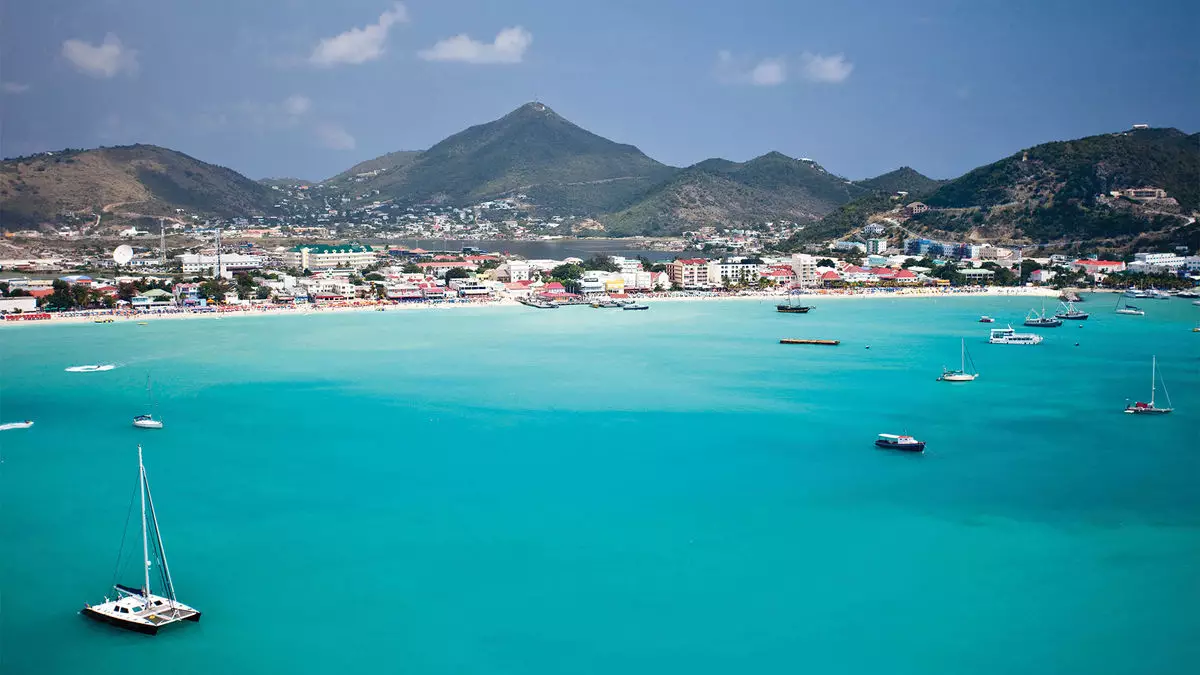In the wake of any crisis, whether natural disasters or health pandemics, the Caribbean encounters challenges that extend beyond physical damage. The most insidious of these impediments is the misguided perceptions that bloom from misinformation. Travelers may unjustly assume that an entire island is in ruins when, in reality, only a select few areas bear the brunt of devastation. This dichotomy between reality and perception plays a crucial role in the speed and success of recovery efforts.
Industry experts have highlighted that a sluggish rebound in tourism often mirrors public misconceptions more than actual on-ground circumstances. Nicola Madden-Greig, the former president of the Caribbean Hotel & Tourism Association, elucidates this pressing issue. She points out that effective communication to stakeholders—including travel advisors, tour operators, and the media—is essential for clarifying the nuanced geography of the Caribbean. It is imperative that each island’s unique situation is accurately conveyed and that the public understands which locales are open for business and which are still in recovery mode.
Leveraging Technology for Real-time Updates
One of the most commendable advancements in crisis management has emerged through the integration of technology. Jamaica, for instance, has adopted AI-driven chatbots to disseminate real-time updates on the condition of its tourism locales via VisitJamaica.com. Such innovations are not merely about adopting the latest tech trends; they serve a critical function in countering misinformation. When travelers have access to immediate and accurate information about their desired destinations, their fears can be alleviated, and engagement can be fostered.
Steven Defontes, the president and founder of Big Idea Advertising, underscores the necessity of swift coordination in the tourism sector post-crisis. When certain areas must temporarily shut their doors, marketing strategies should pivot toward highlighting broader opportunities—be it institutions that are open, or community efforts accepting volunteers to aid in recovery. By focusing on transparent communication that includes timelines and the positive strides being made, the industry can reestablish traveler confidence.
Authenticity Over Advertising
During crises, the authenticity of messages is paramount. Travelers today are more informed and discerning than ever; they seek genuine experiences rather than polished advertising campaigns. Content shared by journalists and influencers often holds more weight than traditional ads. It can provide an unvarnished look at the reality of affected areas, showcasing which parts of a destination are accessible and what experiences are still viable.
By involving media representatives on the ground, destinations can offer potential visitors a firsthand account of recovery and the available attractions. This also creates an opportunity for influencers to amplify messages of resilience, navigating traveler sentiments through authentic narratives rather than scripted promotions. The need for honesty in marketing has never been more evident—people want to know what they can expect if they decide to travel today.
The Role of Travel Advisors as Informational Pillars
Travel advisors undoubtedly play an indispensable role in bridging the communication gap between destinations and travelers. Their expertise is instrumental in providing updates about safety and preparedness in areas impacted by disasters. In an era where flexibility and reassurance are crucial, advisors are well-placed to highlight resilience strategies—such as hurricane-resistant infrastructures and efficient disaster response protocols—while promoting sustainable tourism practices.
By effectively managing client expectations and instilling confidence, travel advisors can significantly influence decisions about traveling to areas recovering from calamities. They can draw parallels to successful recovery stories, such as Puerto Rico, which despite its harrowing experiences with storms in 2017, saw tourism rebound impressively by 2021. The strategic communication from Discover Puerto Rico, spotlighting the island’s rebuilding efforts, played a pivotal role in attracting visitors again.
Building a Resilient Future
The Caribbean’s path to recovery hinges on overcoming perception barriers through strategic communication and technology. As misinformation can swiftly derail potential tourist interest, the region must prioritize transparent and authentic messaging. By fostering trust with travelers through real-time updates, engaging media, and knowledgeable travel advisors, the Caribbean can return to its status as a premier destination, even amidst challenges.
The resilience showcased by places like Puerto Rico symbolizes hope for the entire region. If managed adeptly, the rebound from crises can not only restore tourism numbers but also elevate the Caribbean’s commitment to safety, sustainability, and authentic travel experiences.

